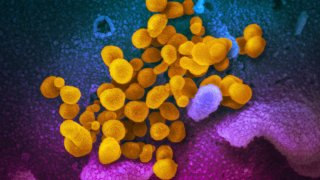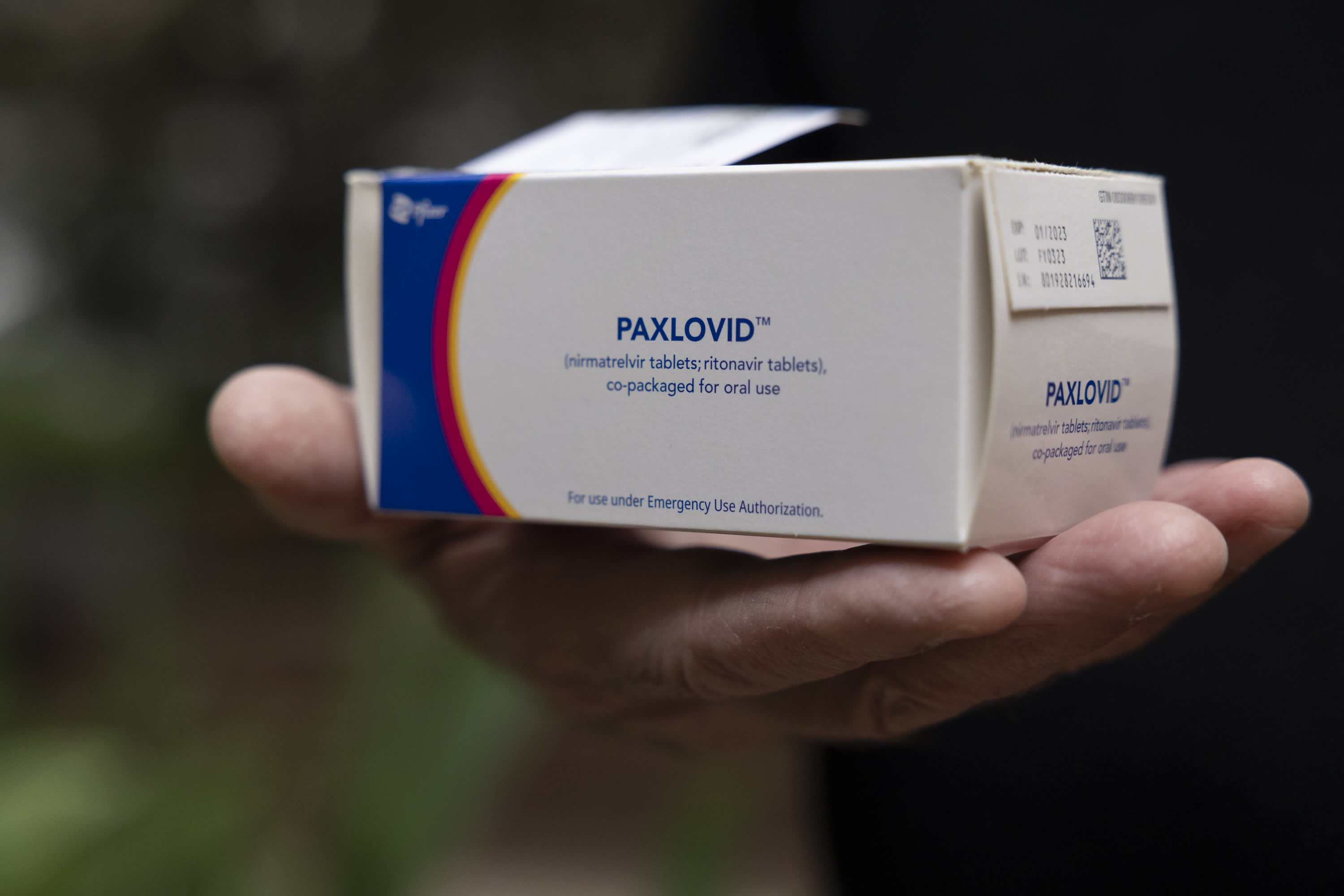
About 10% of people appear to suffer long COVID after an omicron infection, a lower estimate than earlier in the pandemic, according to a study of nearly 10,000 Americans that aims to help unravel the mysterious condition.
Early findings from the National Institutes of Health’s study highlight a dozen symptoms that most distinguish long COVID, the catchall term for the sometimes debilitating health problems that can last for months or years after even a mild case of COVID-19.
Millions worldwide have had long COVID, with dozens of widely varying symptoms including fatigue and brain fog. Scientists still don’t know what causes it, why it only strikes some people, how to treat it – or even how to best diagnose it. Better defining the condition is key for research to get those answers.
“Sometimes I hear people say, ’Oh, everybody’s a little tired,'" said Dr. Leora Horwitz of NYU Langone Health, one of the study authors. “No, there’s something different about people who have long COVID and that’s important to know.”
We've got the news you need to know to start your day. Sign up for the First & 4Most morning newsletter — delivered to your inbox daily. Sign up here.
The new research, published Thursday in the Journal of the American Medical Association, includes more than 8,600 adults who had COVID-19 at different points in the pandemic, comparing them to another 1,100 who hadn’t been infected.
By some estimates, roughly 1 in 3 of COVID-19 patients have experienced long COVID. That’s similar to NIH study participants who reported getting sick before the omicron variant began spreading in the U.S. in December 2021. That's also when the study opened, and researchers noted that people who already had long COVID symptoms might have been more likely to enroll.
But about 2,230 patients had their first coronavirus infection after the study started, allowing them to report symptoms in real time -– and only about 10% experienced long-term symptoms after six months.
Prior research has suggested the risk of long COVID has dropped since omicron appeared; its descendants still are spreading.
The bigger question is how to identify and help those who already have long COVID.
More: COVID-19
The new study zeroed in on a dozen symptoms that may help define long COVID: fatigue; brain fog; dizziness; gastrointestinal symptoms; heart palpitations; sexual problems; loss of smell or taste; thirst; chronic cough; chest pain; worsening symptoms after activity and abnormal movements.
The researchers assigned scores to the symptoms, seeking to establish a threshold that eventually could help ensure similar patients are enrolled in studies of possible long COVID treatments, as part of the NIH study or elsewhere, for apples-to-apples comparison.
Horwitz stressed that doctors shouldn’t use that list to diagnose someone with long COVID — it's a potential research tool only. Patients may have one of those symptoms, or many -– or other symptoms not on the list — and still be suffering long-term consequences of the coronavirus.
Everyone's doing studies of long COVID yet "we don’t even know what that means,” Horwitz said.



